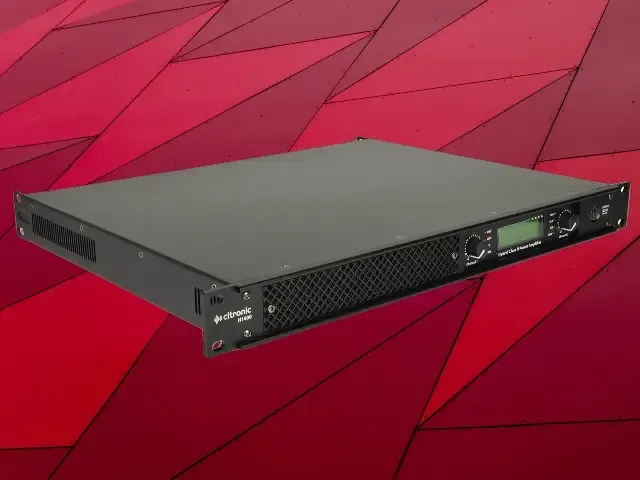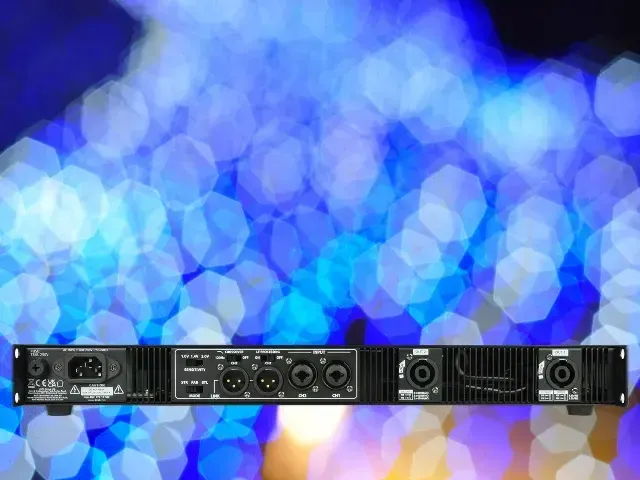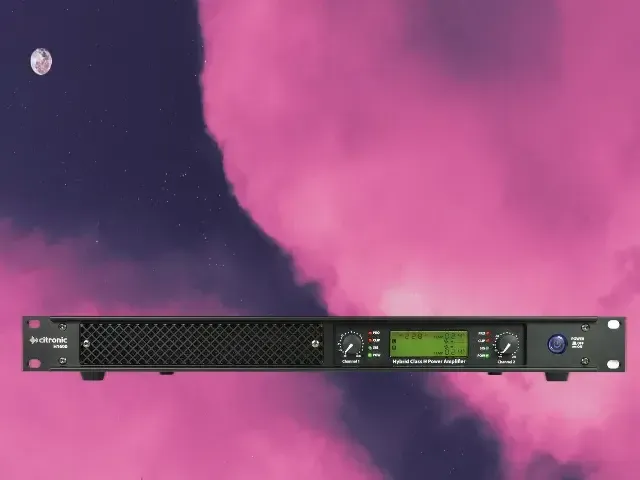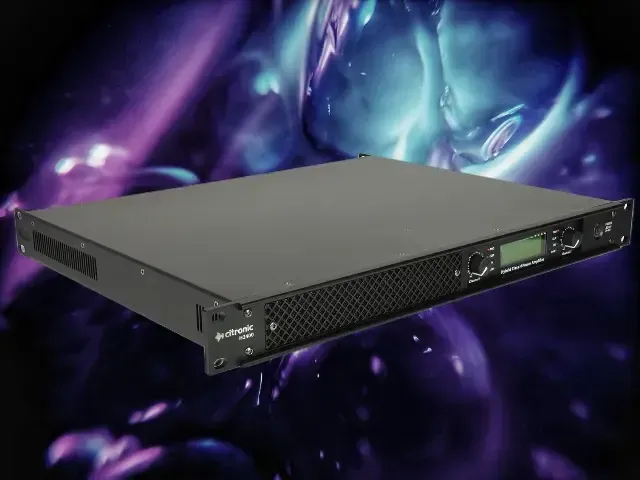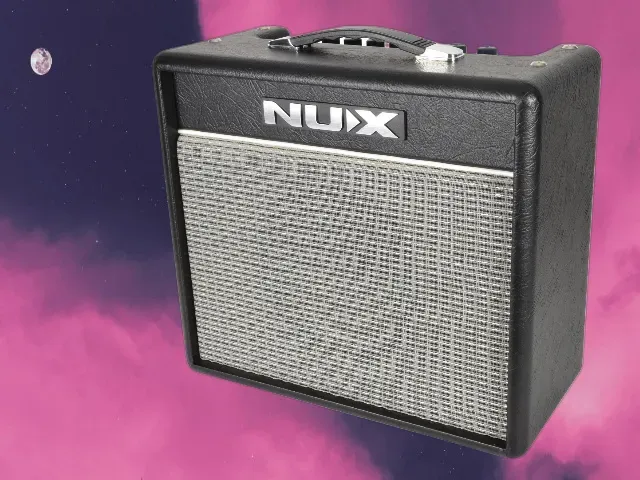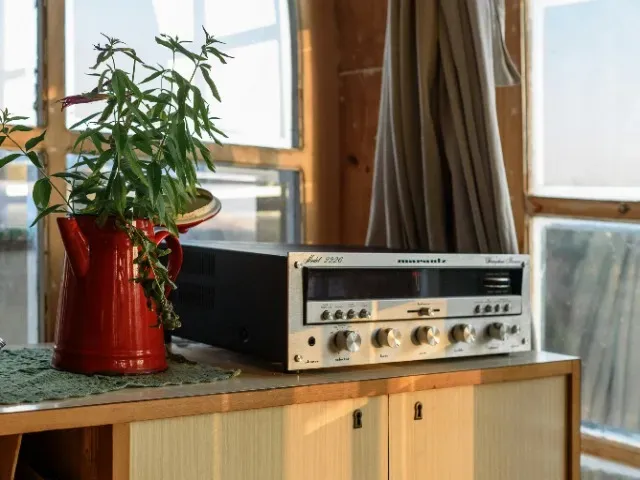
Amplifier Classes: The Heart of Audio Systems
In the world of audio, a power amplifier plays a crucial role in driving loudspeakers to produce sound. It receives input signals from various sources, such as mixing consoles, microphones, and instruments, and amplifies them using a power source, like mains electricity or batteries, to generate enough electrical power to move the loudspeaker.
Over the years, advancements in audio electronics have led to the development of different amplifier circuit designs, which can be categorized into four main classes: A, AB, H, and D. To understand these classes, it's essential to grasp some fundamental concepts of amplifiers.
Amplifier Basics
In the early days of audio, vacuum tubes (valves) were used for amplification, but today, solid-state devices (transistors) have taken over due to their efficiency, compact size, and lower manufacturing costs. Both vacuum tubes and transistors require a direct current (DC) power supply to amplify audio signals. For amplifiers powered by mains electricity, which is alternating current (AC), a power supply circuit is needed to convert AC to DC at the required voltage.
Power Supply Evolution
Advances in electronic design have led to the development of switch-mode power supplies (SMPS), which use high-frequency digital switching to convert mains electricity into lower-voltage DC power. These circuits are more efficient and lighter than traditional power supplies. While some amplifiers still use traditional power supplies, others have adopted SMPS.
Transistor Operation
Transistors amplify audio signals by acting as a gate, controlling the flow of power supply based on the input signal's voltage. When the voltage is high, the gate opens, allowing more power to flow, and when it's low, the gate closes, reducing power flow.
Amplifier Classes (Types):
There are various types of Amplifier classes and as technology get better by the day, so do Audio Amplifiers and all their associated add-on's.
Class A Amplification:
In this configuration, the output voltage is always positive, which would cause the loudspeaker to move only in one direction. To counter this, a negative voltage (bias) is added to center the loudspeaker's motion.
Class AB Amplification:
Class A designs are inefficient and inaccurate, as each transistor works hard to amplify the entire input signal. To overcome this, Class AB amplifiers use two banks of transistors to amplify positive and negative sweeps, respectively, making them more efficient and balanced.
Class H Amplification:
For high-power applications, Class AB has limitations, as it requires maximum DC power at all times. Class H amplifiers solve this by making only a proportion of the power supply available and converting more power as needed, making them ideal for audio applications with occasional high-power peaks.
Class D Amplifiers:
Thanks to digital technology, Class D amplifiers have emerged as a more efficient option. They convert DC power into high-power AC audio output using digital signal processing and rapid pulse-width modulation. The resulting amplified output is smooth and efficient, making Class D amplifiers a cost-effective alternative to traditional designs.
Compact surface-mount chips now make Class D amplifiers more accessible, and when paired with Switch-Mode Power Supplies, they provide a highly efficient and cost-effective solution that rivals traditional amplifier designs.

